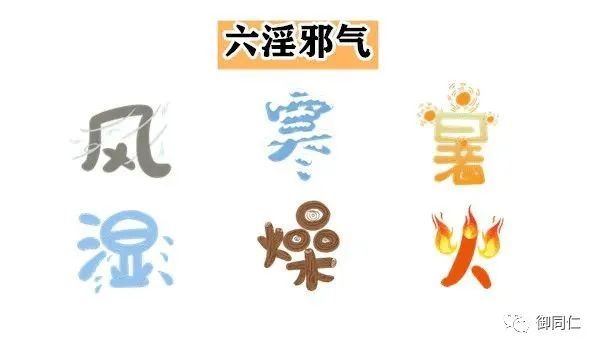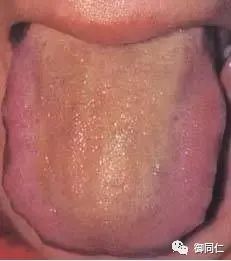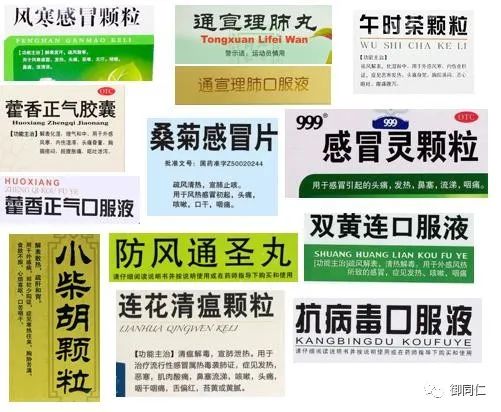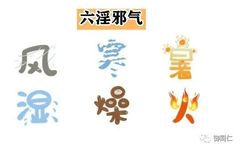Wind-heat cold, also known as viral cold, is essentially the same condition referred to in TCM as 风热感冒 (fēng rè gǎn mào) and in Western medicine as viral cold.
From a TCM perspective, this condition arises when there is excess heat in the body. When the heat reaches a certain level, it generates a heat evil (热邪, rè yé), which transforms into fire (火, huǒ) that ascends to the nasal and throat regions, causing throat pain. If one consumes hot pot or spicy foods, it can induce sweating, opening the pores. If wind (风邪, fēng yé) then enters the body, it can lead to the onset of wind-heat cold.
At this time, the lungs (肺, fèi) are weakened, and if the condition progresses, it can easily lead to bronchitis, so one should not take it lightly.

Thus, the first affected area is the nose. Those with heightened sensitivity may notice early symptoms of burning and discomfort in the nasal and throat regions, followed by nasal congestion, sneezing, yellow nasal discharge, coughing, and dry mouth.
For those with more severe symptoms, there may be general discomfort, muscle aches, headaches, fatigue, and loss of appetite. Typically, there is no fever or only a low-grade fever, and one may experience alternating chills and fever. In TCM, this phenomenon of mixed cold and heat is referred to as 正邪相争 (zhèng yé xiāng zhēng).
This means that the body’s symptoms are in a state of alternation, as the body’s resistance is battling the virus, leading to alternating sensations of cold and heat.
If the body’s resistance prevails, the body temperature will return to normal. If the temperature rises, it indicates that the virus has gained the upper hand. Therefore, the alternating sensations of cold and heat are a clinical manifestation of the struggle between the righteous and the evil, with the illness typically lasting 3 to 7 days.
For wind-heat cold, remember the character “黄” (huáng), which signifies yellow. The tongue coating (舌苔, shé tái) is yellow, thick, and red; nasal discharge is yellow; the cough produces yellow phlegm; and urine is also yellow. Symptoms may alleviate with cold but worsen with heat, hence individuals with wind-heat cold often crave cold water.
Attached is a photo of a tongue coating; please view with caution.

During the period of wind-heat cold, it is easy to contract wind-cold, which presents different symptoms and can change rapidly, so early detection and treatment are crucial.
If you notice initial symptoms, starting to drink herbal decoctions can generally suppress the cold in its early stages, often within one to two doses.
If you prefer not to feel so uncomfortable, you can take some TCM patent medicines. Generally, if the symptoms are limited to discomfort in the nasal and throat areas, a few days of medication can suffice. Alternatively, you can brew some 金银花 (jīn yín huā, honeysuckle) in water, possibly adding honey. Honeysuckle is effective in clearing heat and detoxifying, particularly for throat pain, but if other symptoms arise, its efficacy may diminish.

Based on the main symptoms, different 中成药 (zhōng chéng yào, TCM patent medicines) can be applied:
1. For cough with yellow phlegm: consider taking 清热止咳化痰药物 (qīng rè zhǐ ké huà tán yào wù), such as复方鲜竹沥口服液 (fù fāng xiān zhú lì kǒu fú yè).
2. For throat pain: commonly used options include 双黄连口服液 (shuāng huáng lián kǒu fú yè), 蓝芩口服液 (lán qín kǒu fú yè), 柴银口服液 (chái yín kǒu fú yè), 银翘解毒颗粒 (yín qiáo jiě dú kē lì), 复方板蓝根胶囊 (fù fāng bǎn lán gēn jiāo náng), etc.
3. For nasal congestion: consider using 宣透解表药 (xuān tòu jiě biǎo yào) or nasal medications, such as 通窍鼻炎胶囊 (tōng qiào bí yán jiāo náng), 鼻渊舒口服液 (bí yuān shū kǒu fú yè), etc.
During medication, it is not advisable to simultaneously take nourishing TCM herbs. If symptoms persist without relief, or if high fever around 40 degrees Celsius occurs, accompanied by wheezing or chest pain, seek medical attention promptly.

